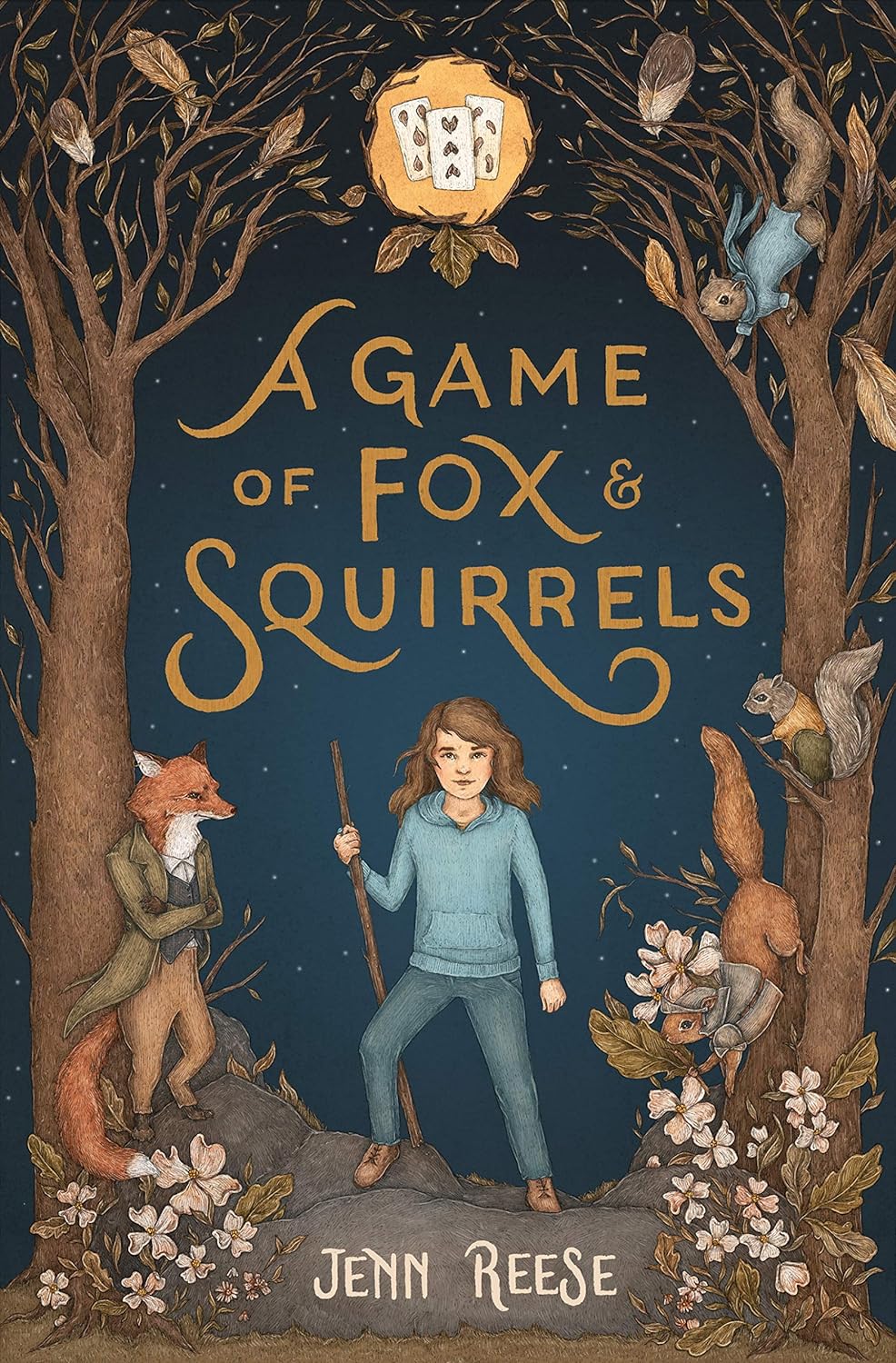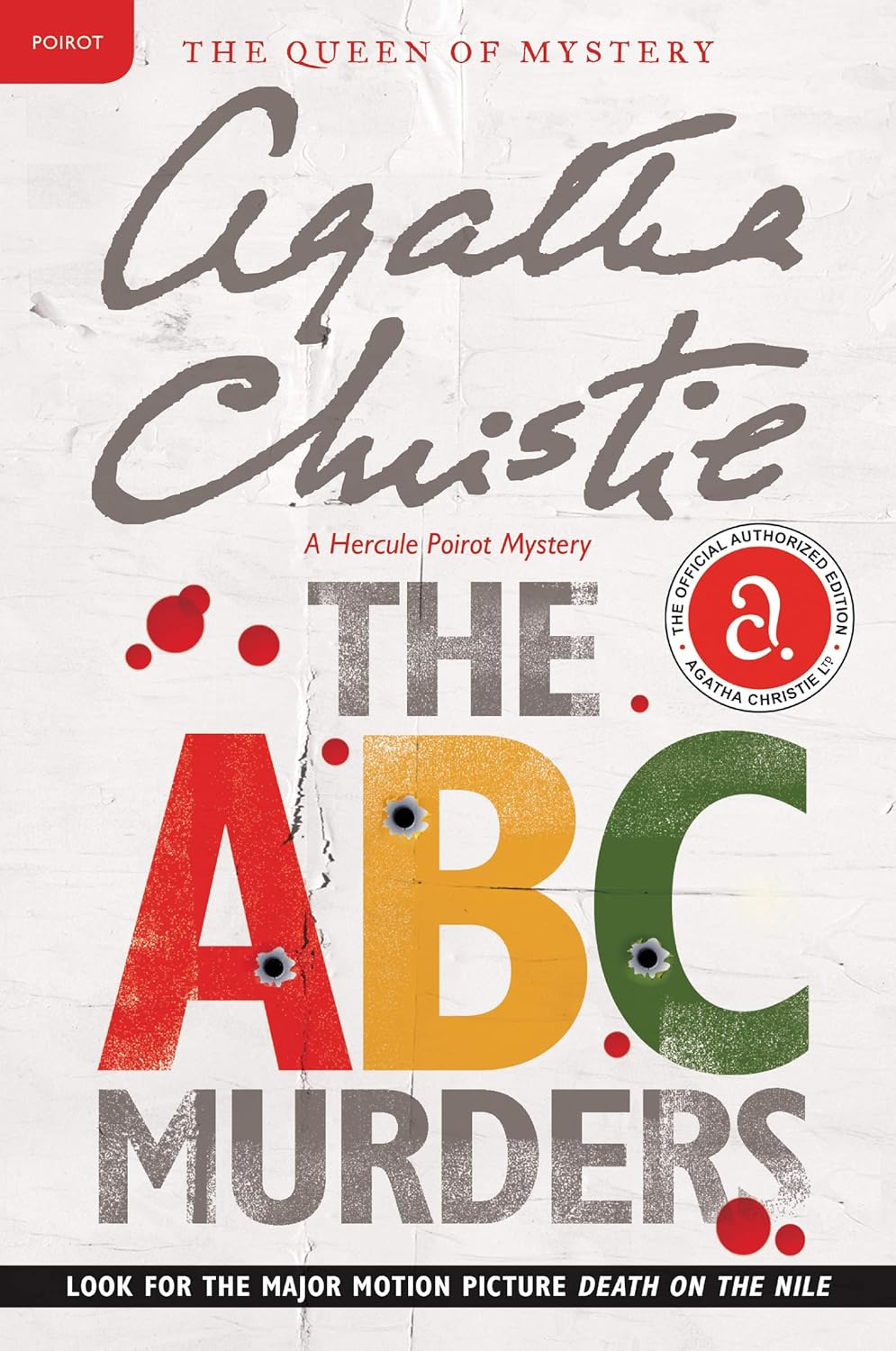|
Rating: 4/5 Stars
Jenn Reese’s A Game of Fox & Squirrels dances gracefully between whimsy and wisdom, seamlessly blending childhood innocence with the weight of real-world challenges. This enchanting narrative not only tickles the imagination but also stirs the soul. After a family tragedy, eleven-year-old Sam and her sister Caitlin find themselves whisked away to rural Oregon to live with their Aunt Vicky. Sam’s skepticism about their new life hangs heavy like the mist on a Pacific Northwest morning, but everything changes with a mysterious gift from Aunt Vicky: a card game called “A Game of Fox & Squirrels.” The line between reality and fantasy begins to blur when Ashander the fox leaps from the cards into real life, promising Sam a wish if she can find the mythical Golden Acorn. The inhabitants of Reese’s world are vividly portrayed, each character with their own quirks and charms. From Aunt Vicky’s peculiar chicken obsession to Cedar the squirrel’s insatiable appetite for acorn meat tarts, Reese brings them to life with remarkable brevity. While the story brims with talking animals and magical quests, it also delves into the weighty theme of domestic violence. Drawing from her own experiences, Reese delicately illuminates the possibility of breaking free from the chains of a toxic past. Through Sam’s eyes, readers embark on a journey through trauma, loss, and healing, elevating A Game of Fox & Squirrels from a mere fairy tale to a profound exploration of family and resilience.
0 Comments
Rating: 4/5 Stars
Buckle up, mystery mavens, because The A.B.C. Murders, the thirteenth novel in Agatha Christie’s Hercule Poirot series, is a marvel of misdirection. In this witty whodunit, Christie dishes out just a handful of subtle clues, teasing readers like me into premature conclusions. Set in 1930s England, the story follows Hercule Poirot as he investigates a series of murders committed alphabetically by an unknown assailant. The killer sends taunting letters to Poirot before each murder, challenging the detective to stop them in a captivating game of cat and mouse. What sets Christie apart isn’t just the thrill of the chase but the deliciously intricate puzzle she weaves. Every clue holds significance, and each turn of the page brings you closer to the elusive truth. The A.B.C. Murders fully embodies the magical essence of fiction, with a conclusion that feels slightly far-fetched yet delightfully fated. It’s as if Christie’s inviting you to a cerebral chess match, daring you to beat Poirot to the punch. And just when you think you’ve cracked the case, she deftly pulls the rug out from under you, leaving you marveling at her sheer brilliance. Rating: 4/5 Stars
Dive into the radiant world of California Golden by Melanie Benjamin, where the sun-soaked landscapes of 1960s Southern California set the stage for a mesmerizing exploration of family dynamics, desperation, and second chances. At the heart of the narrative is Carol Donnelly, a legendary female surfer challenging the norms of a male-dominated sport, and her daughters Mindy and Ginger. Fueled by their mother’s apparent indifference, these young sisters adopt Carol’s unwavering devotion to the ocean, normalizing PB&J sandwiches for dinner and skipping school to catch waves. While Mindy becomes a surfing sensation, basking in minor celebrity and winning competitions, Ginger finds herself entangled with the self-proclaimed ‘Surf God’ in a world of drug deals and beachside shack living. Drawing inspiration from a real-life mother-daughter surfing trio, Benjamin weaves a tale that, though fictional, swells with authenticity. The characters’ actions are often frustrating, but they undeniably contribute to the novel’s overall impact. Despite not always being likable, the characters come alive and shine the brightest when they’re hanging ten. What truly dazzles in this book is the key throughline: the generational echoes within a family when a woman is torn away from her true calling and thrust into a role she never desired. Through the compelling narratives of Mindy and Ginger, Benjamin explores how parental neglect leaves an indelible mark on a child’s beliefs and behaviors. Carol resists the conventional trappings of motherhood, often seeking solace by the seaside. In Carol’s absence, Mindy evolves into Ginger’s caretaker, fostering a fierce sense of self-preservation. Ginger, on the flip side, desperately seeks someone to look after her. These reverberations from their shared history resonate in their subsequent romantic relationships, adding layers of complexity to the emotional rollercoaster of the narrative. 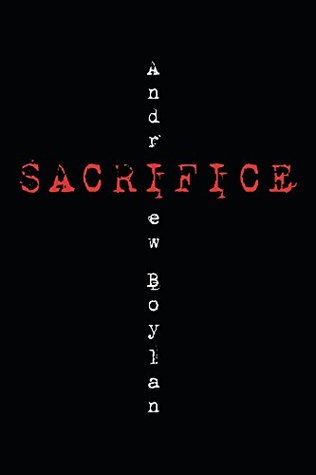 READ TIME: 4 MIN So, um, “Sacrifice” by Andrew Boylan. I read this little book way back in 2017, and I’ll admit, I didn’t love it. So, when it came time to write this review, I put it off for a few days. Which turned into a few months. And then into a few years. My procrastination skills are top-notch. But now, the time has finally come. Let’s talk about it, shall we? I stumbled across “Sacrifice” while browsing Kindle’s 99-cent bin. While I don’t normally gravitate toward the horror genre, I found the synopsis of “Sacrifice” intriguing, and I was in one of those collect-all-the-books-I’ll-never-have-time-to-read moods, so why not? The book, which blends fact and fiction, opens with struggling filmmaker Benny Hernandez photographing the scene of a gruesome car crash in which the passenger (or victim?) has some nasty wounds that seem eerily familiar. Later, Benny learns that his ex-girlfriend is convinced that a deadly, ancient cult has resurfaced in their small New Mexico hometown. Benny decides to investigate. This could be his big break! But in his pursuit of a blockbuster, he becomes entrenched in a secretive world characterized by drugs, religion, and all things danger. Despite all its compelling ingredients, the story didn’t hold my attention, primarily because I kept getting distracted by the convoluted writing. 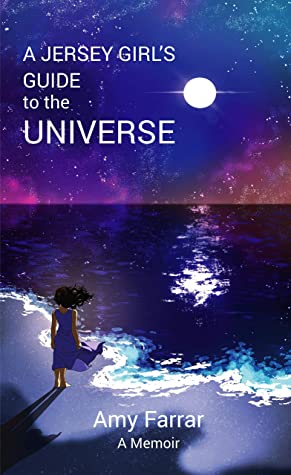 Written by Lauryn Smith A version of this article was originally published in the All Booked Up section of the October 2021 edition of “Networking News,” the official newsletter of the Professional Editors Network. There’s something special about a noncelebrity memoir. With a celebrity memoir, you usually know at least a teensy bit about the person and their life experiences before you even crack open their book. But with a noncelebrity memoir, you tend to go in with fewer assumptions and “spoilers.” With a noncelebrity memoir, you are given a valuable opportunity to learn something new about life. I recently read one such memoir, namely Amy Farrar’s “A Jersey Girl’s Guide to the Universe.” This memoir is a testament to how alike all of us really are, just people doing our best to navigate our time and place in the world. It also shows how, in one way or another, we are not alone.  Written by Lauryn Smith Reaching the next stop on the my-life-through-books tour required me to trek through some muddy waters. No, quicksand. Maybe lava? You might think that the new shelter-in-place era we now live in would be prime time to work on personal projects and accomplish non-work-related goals. Well, not when you are a recovering perfectionist. Self-doubt, fear of failure, and questioning whether you, of all people, have anything to say that is worth hearing all make procrastination quite appealing. Amirite? But Sam Laura Brown has re-inspired me to overcome my subconscious self-sabotaging habits, at least in terms of blogging. In fact, I thought I might switch things up beginning with this post and instead of merely reviewing a book, also reflect on how it applies to my life, what it meant to me personally, and so on. It may get a bit stream-of-conscious-y. Who knows. Ready? Here goes. Let’s start by talking about Zits. (I could so easily make a joke about stress breakouts here but shall refrain.) Zits is the main character in Sherman Alexie’s novel “Flight.” He is a biracial teenager with Native American ancestry living in the Pacific Northwest. What’s more, he is a self-described “time-traveling mass murderer.” 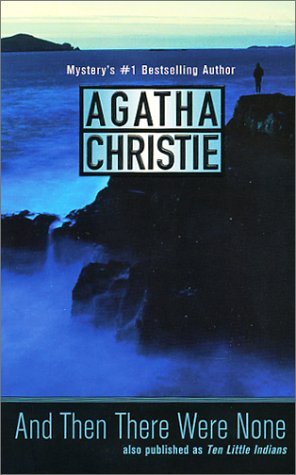 Written by Lauryn Smith This review has been one of the toughest to write. Not because the book in question is bad—its plotline is classic and has been imitated time and again—but because it has simply been so long since a review of any kind has appeared in the Nook! Have I forgotten how to write or something?? With sincere apologies to both audience and myself, I propose we begin afresh. Let’s take a trip to a faraway land… Just kidding. But, say a kinda-sorta stranger invites you to be a weekend guest on their private island. Would you go? My friends-in-spirit out there might impulsively respond, “Free vacation? Let’s go, go, go!” But Agatha Christie’s dark, quirky novel “And Then There Were None” begs us foolhardy folks to think twice about such a proposition. Christie is the quintessential mystery writer. “And Then There Were None,” her best-selling mystery novel, is an easy favorite, a short, classic whodunit that can be eaten up in a day with total satisfaction. 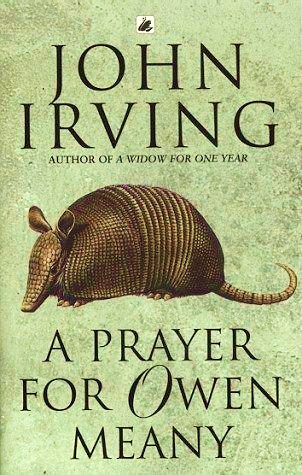 Written by Lauryn Smith My interest in John Irving’s writing began after I read his award-winning “The World According to Garp” in high school. I promise to give a review of “Garp” as soon as I replace my lost copy, which met its fate in a puddle of water. (Trust me, though, you must read it!) For now, let’s talk about “A Prayer for Owen Meany,” Irving’s all-time best-selling novel. The fictional story is deep, poignant, complexly germane and truly captivating. The titular character, Owen, is an intelligent, small-statured, shrill-voiced, 11-year-old son of a quarryman. He grows up in Gravesend, New Hampshire, with his best buddy John Wheelwright, whose family comes from old money. John narrates the twists and turns of their relationship, from the Little League baseball game during which Owen’s foul ball kills John’s mother to Owen’s death, a divinely crafted occurrence that Owen adamantly believes he has foreseen. This novel is one of predestined heroism and a boy determined to curate his life experiences in preparation for his final act. (The vagueness concerning Owen’s fate is necessary—spoilers! I can say, however, that in his role as the Ghost of Christmas Future for a production of “A Christmas Carol,” he inexplicably sees his name and date of death on Scrooge’s gravestone, which fortifies his ideas about his purpose and his link with God.) The majority of the story takes place throughout the 1950s and 1960s, so readers get to follow Owen and John as they transition from days composed of TV viewing and rounds of armadillo hide-and-seek (read the book to see what I mean – it is a whole thing) to days composed of collegiate activities and wartime rhetoric. Several themes are unmissable. Perhaps the most notable motif that Irving explores if that of friendship. (Example “aww” moments include 1) the trustful sharing of treasured baseball cards between Owen and John and 2) Owen’s voluntarily repeating grade nine when he learns that John was held back, all so that they might attend Gravesend Academy together.) Also prominent are the concepts of religion and faith as well as the corresponding concept of doubt. In addition, Irving cleverly integrates insights into the stateside turmoil associated with the Vietnam War. Though these topics hold the story together, they are arguably tangential to a larger theme, that is, the loss of one’s childhood and the beautiful tragedy of maturing. 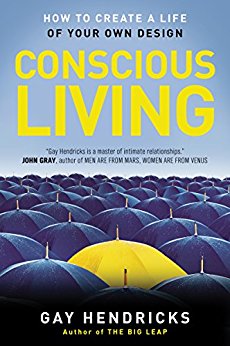 Written by Lauryn Smith Dear Diary, Long time, no write. I could apologize for the absence. I could give you a list of excuses as to why I have been away. Or, I could just jump right back in and review something of the self-help genre. Yeah, I will do that last one. First, a disclaimer. I have always found self-help books to be a little… lame. But I am currently coming down from a workaholic high, a period of doubt, exhaustion, impatience, grumpiness, discouragement and anxiety. Most people have experienced these negative emotions, and I often wrangle with the latter, which I reluctantly attribute to my unyielding perfectionism. So, in a proactive effort, I have determined to give a book on personal development a go. The contender is “Conscious Living: Finding Joy in the Real World” by Gay Hendricks, selected for both its great reviews and the enticing promise of its title proclaims. The book is somewhat remarkable, with a few novel insights on life and truth. The author is considered a pioneer in the field of psychology because he advocates for living life by design and for educating via nontraditional means. He believes that therapy, for instance, should focus less on the past and more on the present and future. In “Conscious Living,” he coaches readers on how to use the powers of love, intention and creation, describing methods that have been successful for patients in his professional practice. He relies on the principles of Taoism and Stoicism to support his goal of helping others conquer fear and live with purpose, explicating five fundamental lessons, such as knowing one’s priorities and fully participating in life. 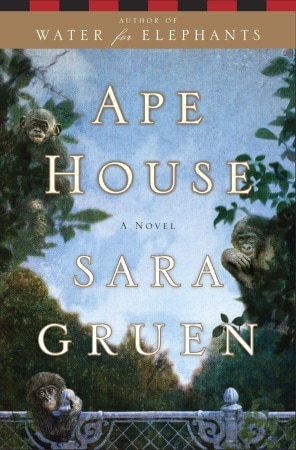 Written by Lauryn Smith Undeterred after reading Sara Gruen’s unassuming “At the Water’s Edge,” I took up “Ape House.” Now that I am done reading it, I wonder if Gruen might be a one-hit wonder. (Don’t get me wrong. Her writing style is lovely. “Water for Elephants” is, and probably always will be, one of my favorite books.) As much as I hate to say it, “Ape House” left me dizzy, and not in a good way. “Ape House” is a contemporary dual-track story that begins well enough. Readers are introduced to John Thigpen, a journalist in Philadelphia who is writing a story on the six bonobos at the Great Ape Language Lab in Kansas. These particular apes are remarkable because they can use American Sign Language and computer software to reason, communicate and form deep relationships. John travels to meets the apes and lab staff, including Isabel Duncan, a scientist who regards the bonobos as family. On the night of the interview, Isabel and the apes are the victims of an explosion at the lab. The apes escape unharmed but are whisked away by an unknown force to an unknown location. Isabel, on the other hand, is tragically injured. During her long recovery, she makes it her goal to retrieve the apes to ensure their welfare. With the help of a disjointed ensemble, Isabel discovers that the apes were sold to Ken Faulks, a renowned pornographer. Yep, you read that right. This point, barely halfway into the book, is when the story becomes irritating. Gruen chooses to satirize human life by placing the bonobos in the hands of an adult film connoisseur, who in turn places the apes in a house full of cameras that broadcast live in the name of entertainment, considered such because of the bonobos’ inherent sexual inclinations. |

Enjoying my book reviews? If you’ve found them helpful or simply love diving into a good book, consider supporting my caffeine-fueled reading sessions! Your contribution helps keep the reviews coming and ensures I stay wide awake for those late-night reading marathons. Cheers to a shared love for literature! ☕️
Categories
All
|
